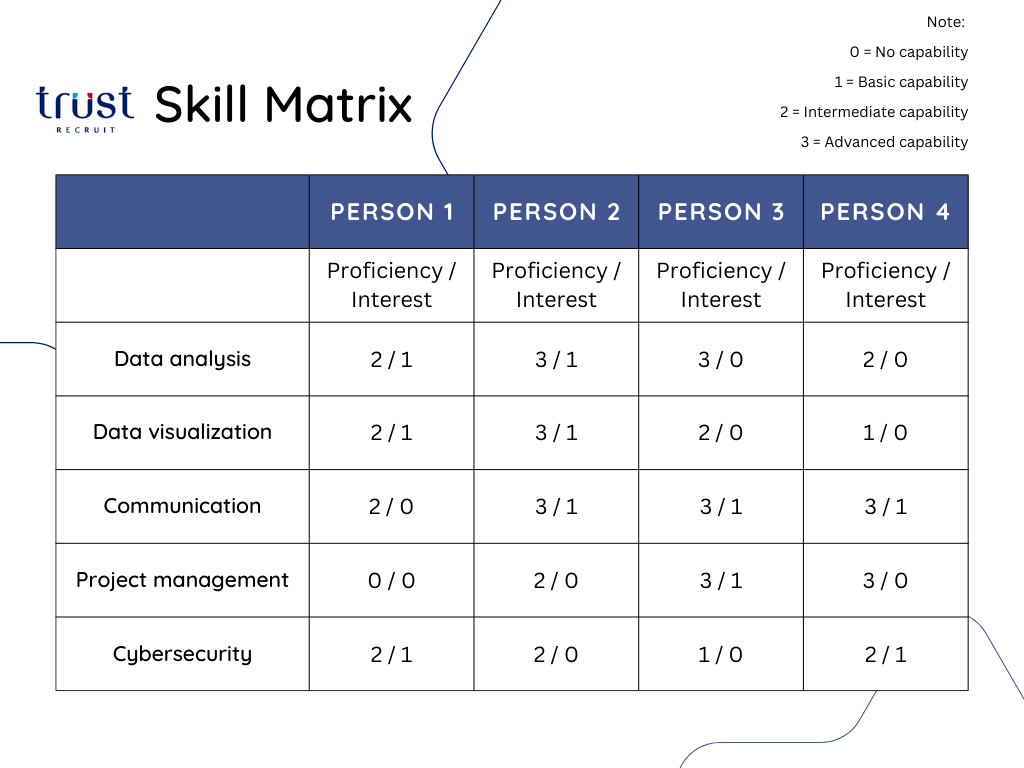
According to PwC’s employee feedback survey, 62% of workers surveyed wanted feedback at least once a week, with that percentage rising to 72% among workers under 30.
Frankly, there are many barriers that prevent managers from giving employees the feedback they need. However, regardless of the justifications, feedback is highly valuable, actively sought, and has a significant impact in the workplace—particularly on employee mental health and overall wellbeing.
Table of Contents
Understanding the Value of Constructive Feedback

Imagine working in an environment where you’re completely in the dark about your performance. You put in your best effort without knowing how well you’re doing or where you could improve. This scenario is far from ideal for both employees and employers.
When employees receive relevant and constructive feedback, they:
- Gain confidence in their strengths
- Become more invested in addressing their weaknesses
- Develop a clear understanding of their growth trajectory
This understanding serves as a powerful motivator, inspiring staff members to strive for continuous improvement.
Also Read: Upskill in Singapore’s Workforce: Future-Proofing Your Career
Implementing a Skill Matrix for Comprehensive Employee Feedback
One effective tool for providing comprehensive feedback is a Skill Matrix. This allows managers to assess their team members across a range of predetermined skills, providing a structured approach to constructive feedback. Here’s a simple scale you can use:

Pro Tip: Although not being the easiest approach, it’s preferable to utilize 360-degree feedback, in which information is gathered not just from workers but also from their peers, superiors, and customers. It’s possible to get a more complete picture of each worker’s abilities after you include in their background and experience.
5 Expert Tips for Delivering Constructive Feedback for Employees

Whether you’re a seasoned manager or new to the role, mastering the art of providing constructive feedback is crucial. Here are five proven tips to help you deliver feedback that motivates and drives improvement:
1. Adopt a Growth-Oriented Approach
Frame each piece of feedback as a building block in an employee’s professional development, it’s a practical way to support upskilling. Contrary to popular belief, honest and constructive feedback, when delivered appropriately, won’t damage your relationship with your team.
A Harvard Business Review study by Zenger/Folkman found that 57% of respondents prefer to receive constructive criticism over praise. Moreover, 92% agreed that constructive feedback, when delivered appropriately, can significantly improve job performance.
Case Study: Hotjar, a user feedback and analytics company, implements a five-part employee feedback system to maintain high productivity across all departments. This multi-channel approach ensures that employees have various avenues to receive and act on constructive feedback.
2. Focus on Future-Oriented Improvement

To effectively communicate constructive feedback to employees of all personality types, frame your comments in a forward-looking manner. Instead of dwelling on past mistakes, focus on future opportunities for growth.
For example, rather than saying, “Your presentation skills need work,” try, “For your next presentation, if we focus on improving your storytelling techniques, I believe you can significantly enhance your impact and engagement with the audience.”
This approach signals to your staff that growth and learning from feedback are valued in your organization. It’s a crucial step in fostering a culture of continuous improvement through constructive criticism.
3. Inspire and Empower Through Feedback
The most accessible approach to accomplish this is to assist them in identifying their own personal qualities and achievements.
Case Study: Google is a clear example. Rather than focusing on annual evaluations, the company has always placed a premium on continuous feedback and goal-setting for its workers. The idea is that everyone involved would benefit more from using that time to further professional growth.
Managers at Google work side-by-side with their direct reports to help them establish and accomplish their professional objectives. Even Larry Page, one of the business’s co-founders, follows this strategy, setting quarterly goals for himself and the company.
Therefore, what happens? Google has been recognized as one of the finest places to work by Fortune and the Great Place to Work Institute year after year.
4. Maintain Momentum with Constructive Criticism

Nothing dampens employee enthusiasm faster than feeling their hard work goes unnoticed or unappreciated. Use constructive feedback to acknowledge efforts and guide improvements, even when projects don’t go as planned.
Remember, companies like Atlassian and Google have found success by allowing employees to dedicate 20% of their time to innovative, autonomous projects. Many of these initiatives, shaped by ongoing constructive feedback, have led to new revenue-generating capabilities.
5. Foster Innovation Through Feedback
To solve an issue, only some people use the same method. The most excellent strategy to encourage creative thinking is to remove barriers to attempting new things (including the stigma associated with making mistakes).
Case Study: A famous example is Netflix. The undisputed king of TV streaming services is recognized for its vibrant, feedback-focused workplace culture. In fact, on its “Netflix Culture” recruitment website, the word “feedback” is featured 11 times. This website also defines the company’s five cultural principles, which shape employee thinking and behavior.
These guiding principles encourage Netflix employees to take initiative, think creatively, collaborate effectively, and voice differing opinions, while also navigating workplace conflict constructively.
By supporting a variety of opinions, the organization encourages transparent idea exchange and high-level success. Another research by HBR indicated that companies with high levels of inherent (demographic) and acquired diversity outperformed their rivals.
In these companies, workers were 45% more likely to say their firm’s market share expanded last year and 70% more likely to say it grabbed a new market.
Conclusion
Effective constructive feedback is a cornerstone of employee development and organizational success. While it may take time to establish a reliable feedback system, the benefits are undeniable. By providing timely and actionable feedback, you can foster a culture of continuous learning, improve employee engagement, and drive innovation.
If you’re looking to enhance your feedback processes or need assistance with recruitment, consider partnering with a reputable recruitment company in Singapore like Trust Recruit. Our experienced consultants can help you develop tailored strategies to attract top talent, improve employee performance, and create a positive work environment.
